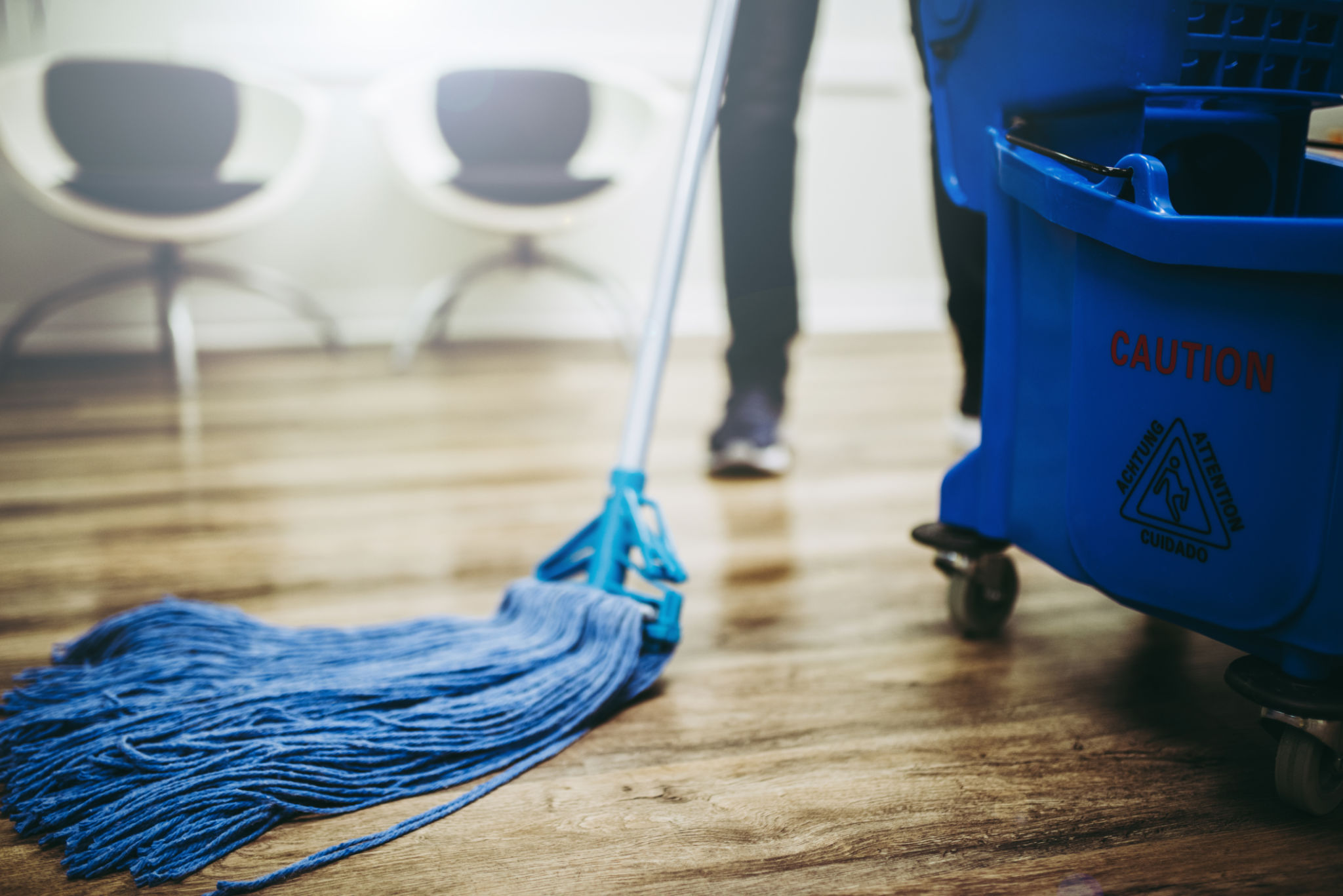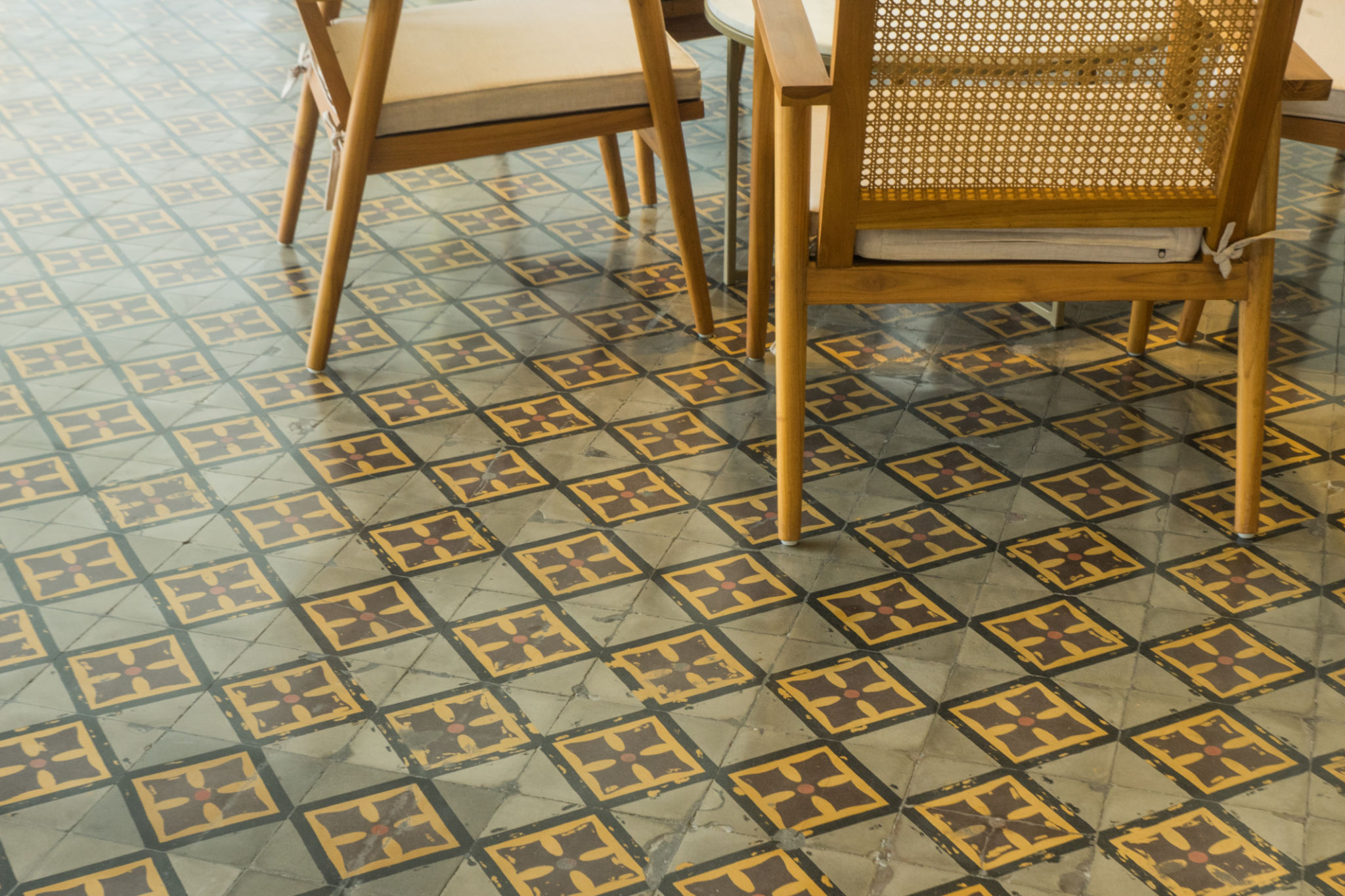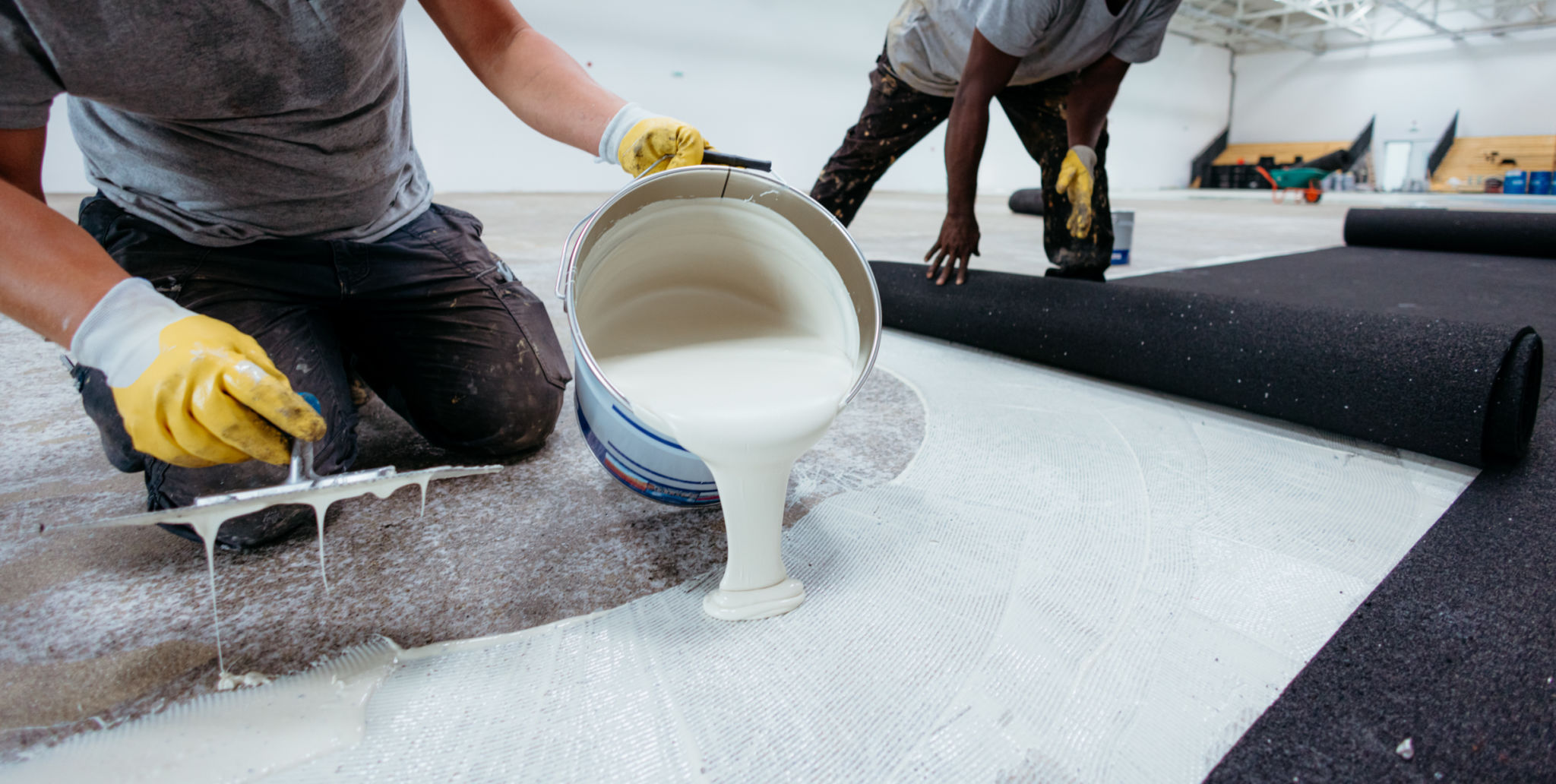Choosing the Right Vinyl Flooring: LVP vs LVT Explained
Understanding Vinyl Flooring Options
When it comes to selecting the perfect flooring for your home, vinyl options have become increasingly popular due to their durability, affordability, and aesthetic appeal. Two major types of vinyl flooring are Luxury Vinyl Plank (LVP) and Luxury Vinyl Tile (LVT). Both offer distinct advantages, making them suitable for various spaces and preferences. Understanding the differences between LVP and LVT can help you make an informed decision that best suits your needs.

What is Luxury Vinyl Plank (LVP)?
Luxury Vinyl Plank (LVP) is designed to mimic the appearance of hardwood floors. It offers the warmth and natural look of wood without the high cost and maintenance requirements. LVP is available in a variety of colors, styles, and textures, allowing homeowners to achieve their desired aesthetic with ease.
LVP is known for its water resistance, making it an excellent choice for areas prone to moisture, such as kitchens and bathrooms. Its durability and scratch resistance also make it ideal for high-traffic areas. Installation is typically straightforward, with options for click-lock or glue-down methods.
What is Luxury Vinyl Tile (LVT)?
Luxury Vinyl Tile (LVT) is designed to replicate the look of stone or ceramic tile. Like LVP, LVT offers a range of styles, colors, and patterns, allowing homeowners to customize their space without the hassle of traditional tile installation.

LVT is also highly durable and water-resistant, making it suitable for any room in the house. It provides a comfortable surface underfoot and can be installed over existing floors, which reduces preparation time and costs.
Comparing LVP and LVT
When choosing between LVP and LVT, consider the following factors:
- Aesthetic Preference: If you prefer the look of wood, LVP is your best option. For a stone or ceramic appearance, LVT will be more suitable.
- Installation Requirements: Both LVP and LVT offer simple installation methods, but consider which fits your DIY skills or professional installation budget.
- Room Usage: Assess which areas of your home would benefit from the specific advantages of each type.
Installation Tips
Whether you choose LVP or LVT, proper installation is crucial for achieving the best results. Here are some tips to ensure a flawless finish:
- Prepare the Subfloor: Ensure your subfloor is clean, dry, and level before installation.
- Acclimate the Flooring: Allow your vinyl planks or tiles to acclimate to the room's temperature for at least 48 hours before installation.
- Follow Manufacturer's Instructions: Always adhere to the specific installation guidelines provided by the manufacturer for optimal results.

Maintenance and Care
Both LVP and LVT are low-maintenance flooring options. Regular sweeping and occasional mopping with a mild detergent will keep them looking pristine. Avoid using harsh chemicals or abrasive tools that could damage the surface.
For added longevity, consider using furniture pads to prevent scratches and rotate rugs occasionally to minimize wear patterns. By following these simple maintenance steps, you can ensure that your vinyl flooring remains beautiful for years to come.
Making Your Decision
Choosing between LVP and LVT ultimately comes down to personal preference and specific needs within your home. Both options offer exceptional durability, water resistance, and style versatility. By understanding their unique features and installation requirements, you can confidently select the right flooring that enhances your living space while fitting within your budget.